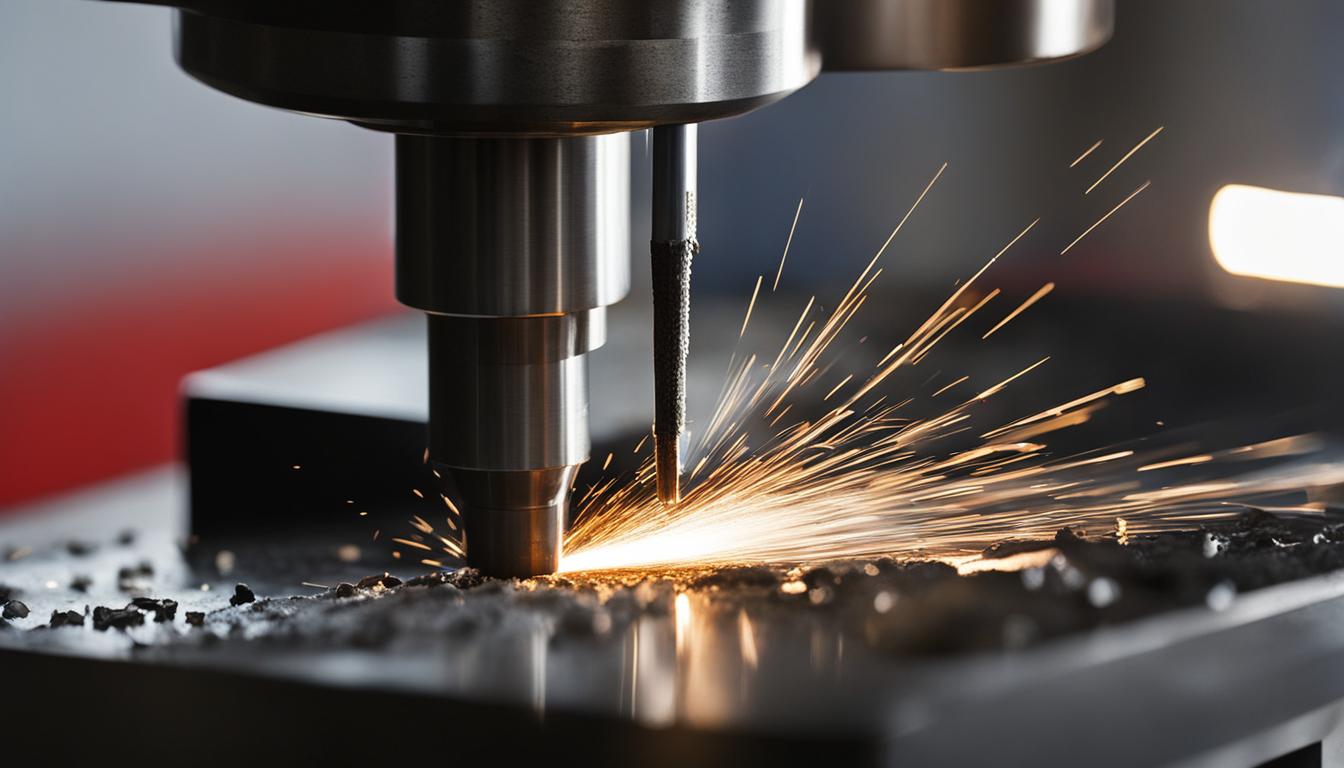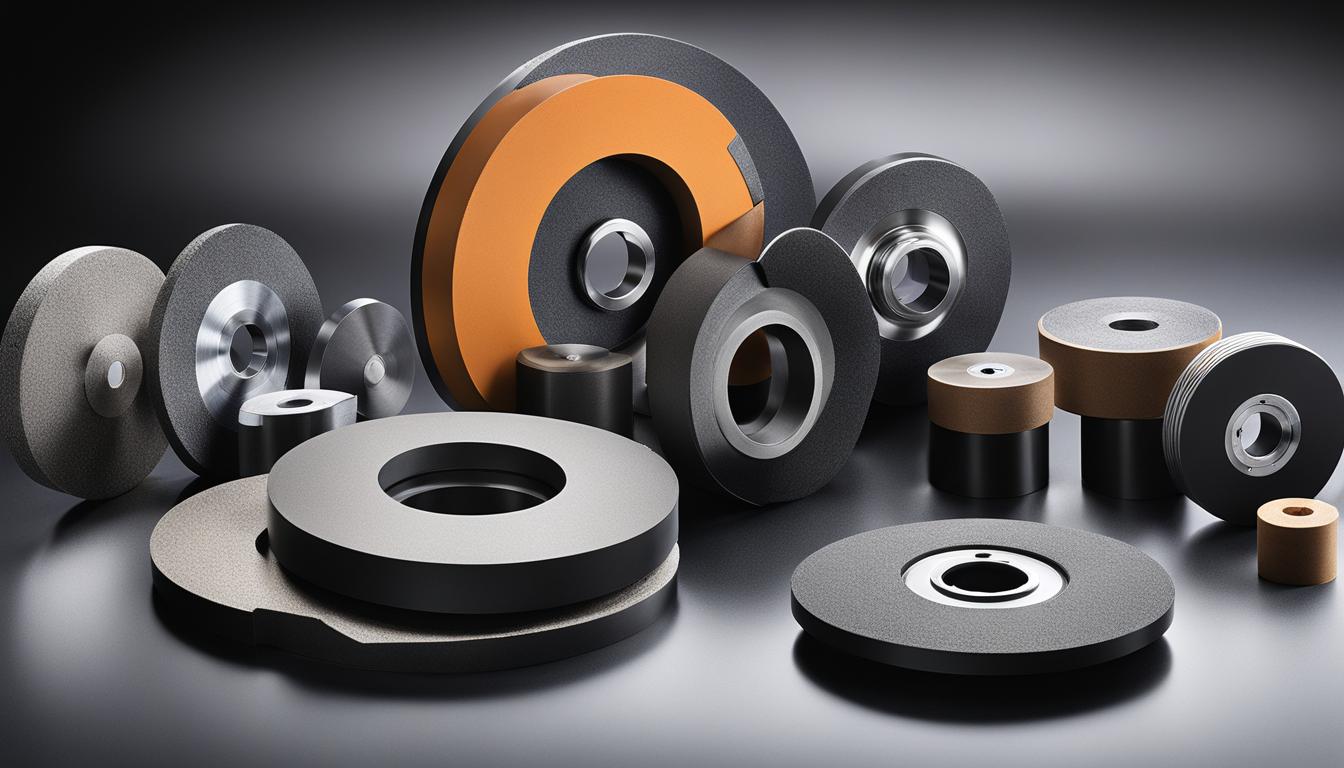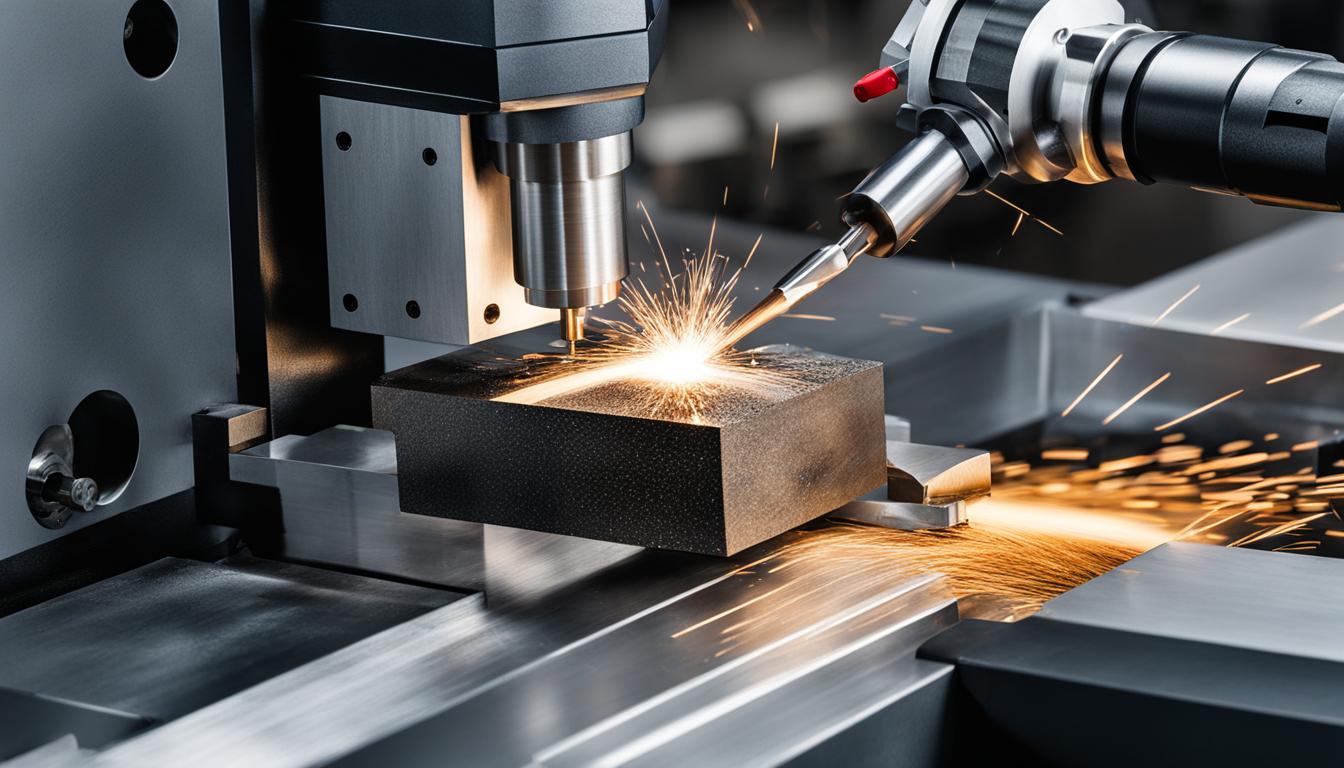Milling machines are versatile tools capable of performing a wide range of machining operations, each suited to specific manufacturing needs. These operations include face milling, which creates flat surfaces on workpieces; end milling, used for cutting slots, pockets, and profiles; and peripheral milling, ideal for producing deep slots and gear teeth.
Climb milling and conventional milling are two opposing cutting directions, with climb milling generally providing better surface finish and tool life. Form milling utilizes specially shaped cutters to produce complex contours, while gang milling employs multiple cutters simultaneously for increased efficiency. Plunge milling is effective for creating deep cavities, and thread milling produces precise internal or external threads.
Specialized operations like gear cutting and T-slot milling cater to specific industrial requirements. Advanced CNC milling machines expand these capabilities further, enabling 3D contouring, helical interpolation, and high-speed machining techniques that enhance precision and productivity across various industries.
- A milling machine is a powerful tool used for shaping metal by removing material from a workpiece.
- Turning is a machining process that creates cylindrical shapes using a lathe.
- Drilling involves creating cylindrical holes with a rotating drill bit.
- Milling machines can produce precise flat surfaces, slots, grooves, and complex shapes.
- Grinding is a method used to achieve smooth and precise finishes on flat surfaces and cylindrical shapes.
Turning
Turning is a machining method that utilizes a lathe to rotate the metal while a cutting tool removes material along the diameter, creating a cylindrical shape. This process is commonly used in industries such as automotive, aerospace, and manufacturing. Turning can be done manually, but it can also be automated using advanced turning machines like Computer Numerical Control (CNC) lathes.
One of the key advantages of turning is its versatility in producing various rotational parts. From baseball bats to camshafts and crankshafts, turning machines can efficiently shape a wide range of components. Whether it’s a small intricate part or a large-scale workpiece, turning can achieve the desired shape with precision and accuracy.
Turning machines, including CNC lathes, offer several benefits over manual operations. The automated process ensures consistent outcomes, reduces human error, and enhances productivity. CNC lathes, in particular, provide greater control and programming capabilities, allowing for complex geometries and improved efficiency.
The image above showcases a CNC turning machine in action, demonstrating the rotational motion and the precise cutting tool in operation.
Overall, turning plays a crucial role in the manufacturing industry by producing rotational parts with high precision and efficiency. Its applications are vast, and it continues to be a fundamental machining process for creating cylindrical shapes and various rotational components.
Drilling
Drilling is a machining process that utilizes drill bits to create cylindrical holes in the workpiece. This method involves rotating the drill bit and feeding it into the workpiece in order to produce holes with specific diameters. Drilling is widely used in industries such as construction, medical equipment, transportation, and electronics.
Drill bits are cutting tools specifically designed for drilling operations. They come in various sizes and types to cater to different drilling applications. Some common types of drill bits include:
- Spotting drills
- Peck drills
- Chucking reamers
These drill bits are used in drill presses, machines that are designed to provide the necessary stability and force for efficient drilling. The choice of drill bit and drill press depends on factors such as the material being drilled, the required hole size, and the desired finish.
Drilling is essential for creating precise cylindrical holes in a variety of materials. It is a fundamental process in many manufacturing and fabrication processes, allowing for the integration of different components and the assembly of complex structures. Whether it is for installing hardware, assembling parts, or creating pathways for wiring, drilling plays a crucial role in various industries.

Milling
Milling is a versatile machining method that utilizes rotating multi-point cutting tools to remove material from the workpiece. It is widely used in various industries for shaping and producing parts with precise dimensions and complex shapes. Milling machines can be either horizontally or vertically oriented, depending on the specific application.
One of the key advantages of milling is its ability to produce flat surfaces with high precision. This makes it ideal for creating components that require smooth and even surfaces, such as engine blocks, mold bases, and electronic circuit boards.
Furthermore, milling machines equipped with computer numerical control (CNC) technology offer enhanced accuracy and efficiency. CNC milling allows for automated control of the cutting tools and workpiece movement, resulting in consistent and repeatable machining processes.
Milling machines use a variety of cutting tools, such as end mills, chamfer mills, and face mills, to achieve different machining objectives. These cutting tools have different geometries and functions, allowing for the creation of slots, grooves, pockets, and complex contours.
Some common applications of milling include:
- Gear production: Milling is often used to create gears for various industrial applications.
- Slot machining: Milling machines are capable of producing precise slots for accommodating keyways, bolts, or other fasteners.
- Shaping irregular surfaces: The versatility of milling machines enables the creation of complex and irregular shapes, such as propellers, turbine blades, and molds for plastic injection.
Overall, milling is a fundamental machining process that offers great flexibility and precision. It allows for the production of flat surfaces, complex shapes, and customized components, making it essential in modern manufacturing industries.
| Milling Types | Description |
|---|---|
| Face Milling | Milling operation that involves cutting along the face of the workpiece to create a flat surface. |
| End Milling | Milling operation that involves cutting with the side edge of the milling tool to create slots, pockets, or contours. |
| Plain Milling | Milling operation that uses a flat horizontal surface of the milling cutter to produce a flat surface on the workpiece. |
| Profile Milling | Milling operation that involves the use of a specialized cutter to create complex shapes and contours. |
Grinding
Grinding is a machining method that removes small amounts of material from flat surfaces and cylindrical shapes. It involves using grinding wheels that rotate against the workpiece, resulting in a smooth and precise finish.
Surface grinders, cylindrical grinders, and centerless grinders are commonly used in grinding operations. Surface grinders utilize a horizontally rotating grinding wheel to achieve flat surfaces, while cylindrical grinders are designed to shape cylindrical objects. Centerless grinders, on the other hand, use a combination of grinding wheels to remove material from the workpiece without the need for centers or chucks.
Surface Grinding
Surface grinding is the most widely used grinding process for producing flat surfaces. It offers high precision and excellent surface finish for a wide range of materials. This process is commonly used in the manufacturing of automotive parts, machine components, and tools.
Cylindrical Grinding
Cylindrical grinding is employed to shape cylindrical objects with precision. The workpiece is held between centers or in a chuck, and the grinding wheel rotates against the cylindrical surface to remove material. This process is commonly used in the production of shafts, pins, and other cylindrical components.
Centerless Grinding
Centerless grinding is a unique process that does not require centers or chucks to hold the workpiece. Instead, the workpiece is supported by a workblade and a regulating wheel while the grinding wheel removes material. This process is well-suited for high-volume production of cylindrical components, such as bearings, valves, and threaded rods.
Grinding is often followed by additional finishing processes, such as lapping and honing, to achieve higher surface quality. These processes help further refine the surface finish and improve dimensional accuracy.

Planing
Planing is a machining process specifically used for machining large flat surfaces. It is commonly employed for parts that will undergo a scraping process, such as machine tool ways. Planing machines can economically machine small parts by ganging them together in a fixture. The applications of planing include generating accurate flat surfaces, cutting slots, and creating keyways.
Planing is an essential technique for creating precise and flat surfaces in various industries. It is particularly useful in situations where traditional milling techniques are not suitable due to the size or shape of the workpiece. By using dedicated planing machines, manufacturers can efficiently produce accurate flat surfaces with excellent surface finishes.
The planing process involves moving a cutting tool across the workpiece’s surface, removing material to create a flat and uniform result. It is an effective method for achieving superior flatness and parallelism when machining components such as guide rails, machine beds, and large industrial parts.
Additionally, planing plays a crucial role in preparing surfaces for the scraping process. Scraping is a meticulous hand-finishing technique that uses precision tools to remove high spots, ensuring accurate alignment and smooth operation of mechanical systems. By first generating flat surfaces through planing, the subsequent scraping process can achieve even greater precision and accuracy.
Advantages of Planing:
- Ability to machine large flat surfaces efficiently
- Economic machining of small parts when ganged together in a fixture
- Generation of accurate flat surfaces and parallelism
- Cutting slots and creating keyways
- Preparation of surfaces for the scraping process
Overall, planing is a versatile machining technique that enables the production of accurate flat surfaces and prepares components for further precision work. It is a valuable process in industries such as automotive, aerospace, and heavy machinery manufacturing, where the demand for high-quality, precise flat surfaces is essential for optimal performance and longevity.
Sawing
Sawing is a machining process that uses cut-off machines to create shorter lengths from bars, extruded shapes, and other workpiece materials. This process is widely used in various industries, including manufacturing, construction, and metal fabrication. Sawing machines are designed to cut through materials efficiently and accurately, providing precise and clean cuts.
Types of Sawing Machines
There are different types of sawing machines available, each specializing in specific cutting tasks. The two most common types of sawing machines are vertical band saws and horizontal band saws.
Vertical band saws feature a vertical cutting blade that moves up and down, allowing for versatile cutting angles and the ability to saw through various materials. These machines are commonly used for cutting irregular shapes, curves, and intricate designs.
Horizontal band saws, on the other hand, have a cutting blade that moves horizontally, providing straight cuts and the ability to handle large workpieces. These machines are commonly used for cutting long pieces of stock material, such as pipes, rods, and bars.
In addition to band saws, other types of cut-off machines include power hacksaws and abrasive wheel saws. Power hacksaws use a reciprocating blade that moves back and forth to cut through the material. They are suitable for cutting smaller workpieces and are often used in maintenance and repair applications. Abrasive wheel saws use a rotating abrasive wheel to cut through materials such as metal, concrete, and masonry.
The Sawing Process
The sawing process involves the use of toothed bands, which are continuous loops of sharp, serrated blades. These toothed bands rotate at high speeds to cut through the workpiece material, creating the desired shape or length.
The speed of the sawing process varies depending on the material being cut, as different materials require different cutting speeds for optimal results. For example, cutting through metal may require a slower cutting speed compared to cutting through wood or plastic.
Sawing machines are equipped with various features and adjustments to ensure precise cuts. These include adjustable cutting angles, blade tensioning mechanisms, and cutting speed controls, among others.
Sawing is a versatile and efficient machining process that allows for the quick and accurate cutting of workpiece materials. Whether it’s creating shorter lengths from bars or cutting complex shapes, sawing machines offer a reliable solution for a wide range of cutting applications.
Broaching
Broaching is a machining process that utilizes a broach with sequentially arranged cutting teeth to remove material from the workpiece. It is commonly used to create square holes, keyways, and spline holes. Broaching can be done with vertical press-type machines or horizontal machines, depending on the specific application. The cutting speeds for broaching range from 5 feet per minute for high-strength metals to 50 feet per minute for softer metals.
Advantages of Broaching
- Efficient and precise method for creating square holes, keyways, and spline holes.
- Can be used for both internal and external machining.
- Produces accurate and consistent results.
- Reduces the need for multiple machining operations.
- Can accommodate various workpiece sizes and shapes.
Applications of Broaching
Broaching is widely used in various industries for creating specific features in metal components. Some common applications include:
- Manufacturing automotive parts such as gears, pulleys, and engine components.
- Producing tools and dies with intricate profiles.
- Creating keyways in shafts for precise assembly.
- Machining parts for hydraulic systems.
- Manufacturing aerospace components.
Electrical Discharge Machining (EDM) and Electro Chemical Machining (ECM)
Electrical Discharge Machining (EDM) and Electro Chemical Machining (ECM) are two non-conventional machining processes that offer unique advantages for specific applications.
EDM uses electrical arcs to cut through conductive materials, making it ideal for producing small, intricate parts that require high surface finishes. This process uses a controlled electrical discharge between an electrode and the workpiece, eroding the material and creating the desired shape. EDM is commonly used in industries such as aerospace, medical, and automotive, where precision and intricate details are crucial.
On the other hand, ECM removes material through chemical processes, making it particularly effective for machining hard and exotic metals. It can create small or odd-shaped angles, cavities, and intricate contours with exceptional precision. ECM is widely used in industries such as aerospace, medical, and defense, where complex contours and shapes are essential for component performance.
In summary, EDM and ECM are advanced machining processes that offer the ability to produce high surface finishes and create complex contours. By harnessing the power of electrical arcs and chemical reactions, these methods provide innovative solutions for manufacturing industries that require intricate and precise components.
